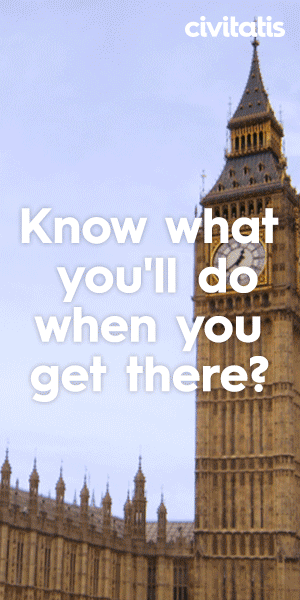Chehel Sotoon Palace (کاخ چهل ستون) is located in Isfahan Iran. Its UNESCO listed and was once part of a larger palace compound and royal garden extending from Naqsh-e Jahan Square to Bagh-e-Goldaste St.
Here’s why you should combine a visit to Ali Qapu Palace (عمارت عالی قاپو) with Chehel Sotoon and what I noticed when visiting.
Visiting the Chehel Sotoon Palace in Isfahan Iran
Exterior and History of Chehel Sotoon Palace
Chehel Sotoon Palace (کاخ چهل ستون) is located in Isfahan Iran. It’s approximately 650 meters behind Ali Qapu Palace. It was for us a 5 minute walk form Ali Qapu Palace.
Chehel Sotoon was built during the Safavid dynasty by Shah Abbas II. And it sat at the heart of what was a much larger royal garden and palace compound that was dotted with palaces. It stretched from Naqsh-e Jahan Square to Bagh-e-Goldaste street.
The palace was constructed around the same time as the extensions to Ali Qapu Palace that were ordered by Shah Abbas II; Chehel Sotoon palace features the same columnated porch. And the columns too were once covered in mirrored tiles like Ali Qapu Palace. In order to give the roof of the structure the appearance of floating.
The water features present on the site are said to give the structure the appearance of having ‘forty columns’. I couldn’t count forty columns in the reflection. But it’s from the reflection of the palace and its columnated porch that the site gets its name. And the name کاخ چهل ستون literally means ‘Forty Columns’.
The UNESCO listing of the site stems from the gardens of which the pools form a major component. The site is currently listed under the nine ‘Persian Gardens‘ of historical value by UNESCO.
When looking the site up on the UNESCO website I did notice that they’re mistakenly displaying images of Ali Qapu Palace labelled as Chehel Sotoon Palace. I haven not bothered contacting UNESCO to let them know. But it would likely be worth having them update their images of the site.





the Interior and Restorations of Chehel Sotoon Palace
When we visited the site was undergoing extensive restorations. It was still accessible and we could view the column porch, mirrored entry hall and the main hall with it’s extensive 16th century frescos. I didn’t find the renovations intrusive.
I’ve read that there are a lot of missing artworks and ceramics. Now held in galleries abroad. Though the parts of the site visible to tourists didn’t appear to us to have any noticeably missing components. When we visited with the exception of the roof which was under repair, the site seemed complete.
Each panel and fresco depicts a moment of significance to the Safavid rulers. The site is listed as one of the best examples of Safavid architecture and decoration. I personally found the depictions of visits by foreign dignitaries and battles fascinating. And the immense use of colour and light reminded my of a fusion of Persian, French and asian design.
With the exception of the Vank Armenian Cathedral I didn’t see frescos like these in Isfahan or any other part of Iran we visited. And I would say the site is worth visiting just for the frescos. But then again I did love the garden and the porch.








Combining Ali Qapu Palace with Chehel Sotoon Palace
When visiting Ali Qapu Palace I believe its worth also visiting Chehel Sotoon Palace. As they each represent component parts of the same site.
Yes Ali Qapu is the larger structure and its in the more prominent position on Naqsh-e Jahan Square. But behind Ali Qapu’s large gate was the even larger royal garden and a sequence of more private palaces. Such as Chehel Sotoon Palace.
From the reliefs and descriptions of the site I found myself constantly trying to imagine all the important events held here. From the frescos I learned that many foreign kings and dignitaries were entertained at Chehel Sotoon.
I wouldn’t hesitate to visit Chehel Sotoon Palace again if I was ever in Isfahan. I’d urge anyone visiting Isfahan in Iran to visit this palace in connection with Ali Qapu palace and Shah Mosque.
Liked this article? Subscribe to the blog below and check out our other travel articles on Iran.





